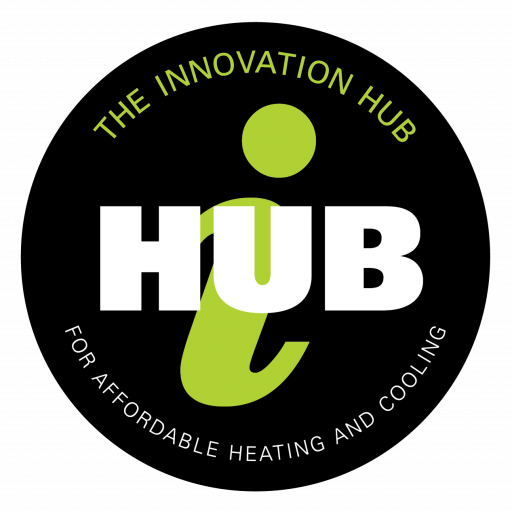Data Clearing House
About the project
The technical and operational challenges caused by the higher ingestion of DER in the electricity grid can be addressed using demand response. In this regard, efficient scheduling of flexible loads can play a pivotal role. In this context, a fully operational open ADR based DR model, emphasising the HVAC systems in two commercial buildings at Swinburne University, is proposed. A multi-agent-based open transactive demand response (TDR) model is proposed to improve the efficiency of HVAC and on-site renewables. The core component of the model is the multifactor optimisation of energy usage based upon activity type, weather conditions, and the occupancy rate.
| Project title | Development and experimental implementation of Transactive Demand Response Management System through Open ADR-approach for institutional Buildings |
| Project number | DCH5 |
| Project location | Swinburne University of Technology, Melbourne |
| Lead partner | Swinburne University of Technology |
| Project partners | Swinburne University of Technology KIG Energy Pty Ltd Braemac CSIRO |
| Start date | 26/02/2021 |
| End date | 29/06/2022 |
| ARENA/i-Hub funding | $307,617 |
| Total project cost | $994,887 |


Need
About 25 per cent of Australia’s total greenhouse gas emissions come from the energy uses of commercial buildings. Approximately half of the energy is used to power the HVAC. Understandably, efficient use of the HVAC system could lower the carbon footprint of the building. Furthermore, on-site renewables aim to assist buildings manage and reduce their energy usage. Although they support energy transition and decarbonisation, their impact on grid stability is an important issue. In this context, efficient control of the buildings flexible loads such as air conditioning and lighting systems offer a unique opportunity to support grid stabilisation.
Action
- Design and implementation of the on-site renewables, data monitoring and control hardware
- Design of open-TDR framework using open ADR standards
- Create semantic building models
- Connect on-site renewables and HVAC controls to DCH
- Implement generation and consumption forecasting models
- TDR model evaluation for various generation and consumption scenarios
- Implement HVAC DR using TDR model
- Performance evaluation and verification
- Model improvement based on real world data
- Implement apps for use by building stakeholders
- Carry out use case evaluation with implemented apps, demonstrate benefits.
Outcome
- Data ingestion (two institutional buildings) and real-life demonstration of novel TDR technique with Open ADR standard to facilitate the increased RE and ESS integrations and control the HVAC system to achieve the peak demand reduction and decarbonisation of commercial buildings.
- Commercialisation of IP (algorithms as applications) developed by researchers utilising the DCH ecosystem for two institutional buildings (commercial) at Swinburne University of Technology.
- Opportunity for industry partners to evaluate their technology for delivering TDR services and benefit from Swinburne IP, DCH ecosystem.
Additional impact
- A reusable open-TDR framework for community microgrid energy management
- Semantic building models with robust HVAC control algorithms
- State-of-the-art generation and load forecasting models
- Interactive web-based application to monitor and control the EMS of the commercial buildings
- Outcome publications and presentations.
Project reports
Evaluation Framework
All sub-projects within i-Hub are evaluated as part of the ongoing i-Hub project management process. Evaluation is completed by the project manager and reviewed by the Activity Leaders Group and i-Hub Steering Committee. Please click here to read the Evaluation Framework.
Created 26/04/2021
